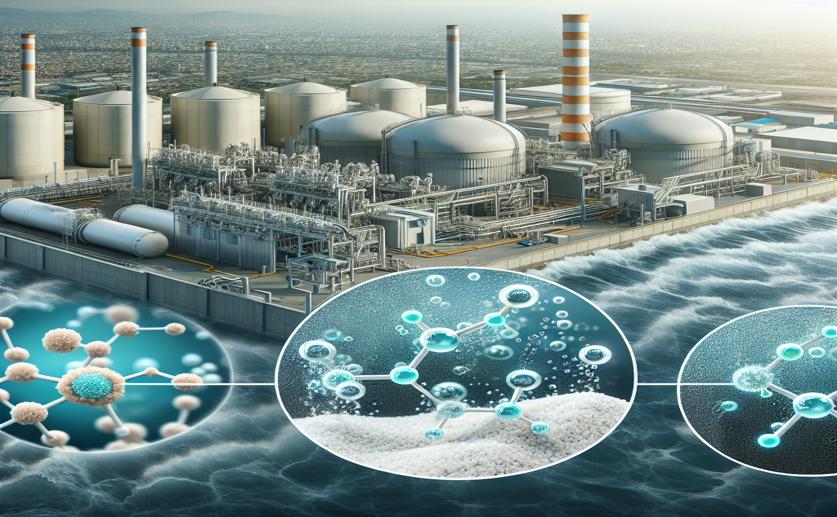
How Salt and Organic Waste Affect Ammonia Treatment in Industrial Water
Greg Howard
5th March, 2024

Image Source: Natural Science News, 2024
Key Findings
- Study from Chongqing University found that microorganisms can effectively remove ammonia from very salty industrial wastewater
- Ammonia-oxidizing archaea (AOA) showed better survival and activity in high-salt conditions than ammonia-oxidizing bacteria (AOB)
- When actual industrial wastewater was used, AOA present in the water boosted the ammonia removal process
EnvironmentBiotechMarine Biology
References
Main Study
1) Impact of salinity and organic matter on the ammonia-oxidizing archaea and bacteria in treating hypersaline industrial wastewater: amoA gene abundance and ammonia removal contributions.
Published 4th March, 2024
https://doi.org/10.1007/s11356-024-32707-1
Related Studies
2) Salinity changes the nitrification activity and community composition of comammox Nitrospira in intertidal sediments of Yangtze River estuary.
3) Nitrogen-metabolising microorganism analysis in rapid sand filters from drinking water treatment plant.
4) Comammox bacteria predominate among ammonia-oxidizing microorganisms in municipal but not in refinery wastewater treatment plants.



 2nd March, 2024 | Greg Howard
2nd March, 2024 | Greg Howard